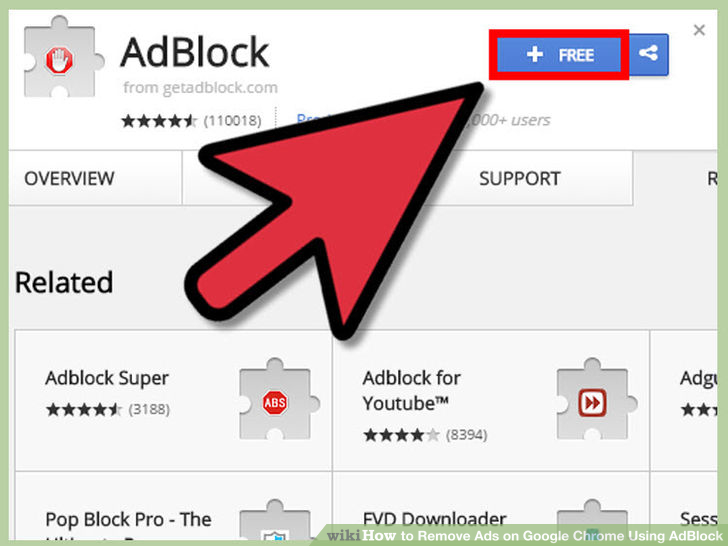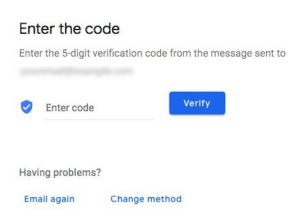by Gord Hotchkiss, Featured Contributor, September 20, 2016

On MediaPost alone in the last three months, there have been 172 articles written that have included the words “ad blockers” or “ad blocking.” That’s not really surprising, given that MediaPost covers the advertising biz, and ad blocking is killing that particular biz, to the tune of an estimated loss of $41 billion in 2016, according to a PageFair and Adobe report. eMarketer estimates 70 million Americans, or one out of every 4 people online, uses ad blockers.
Paul Verna, an eMarketer senior analyst said, “Ad blocking is a detriment to the entire advertising ecosystem, affecting mostly publishers, but also marketers, agencies and others whose businesses depend on ad revenue.” The UK’s culture Secretary, John Whittingdale, went even further, saying that ad blocking is a “modern-day protection racket.”
Here’s the problem with all this finger pointing. If you’re looking for a culprit to blame, don’t look at the technology or the companies deploying that technology. New technologies don’t cause us to change our behaviors. Instead, they enable behaviors that weren’t an option before.
To get to the bottom of the growth of ad blocking, we have to go to the common denominator: the people those ads are aimed at. More specifically, we have to look at what’s happening in the brains of those people.
In the past, the majority of our interaction with advertising was done while our brain was idling, with no specific task in mind. I refer to this as bottom-up environmental scanning. Essentially, we’re looking for something to capture our attention: a TV show, a book, a magazine article, a newspaper column. We were open to being engaged by stimuli from our environment (in other words, being activated from the “bottom up”).
In this mode, the brain is in a very accepting state. We match signals from our environment with concepts and beliefs we hold in our mind. We’re relatively open to input, and if the mental association is a positive or intriguing one, we’re willing to spend some time to engage.
We also have to consider the effect of priming in this state. Priming sets a subconscious framework for the brain that then affects any subsequent mental processing. The traditional prime that was in place when we were exposed to advertising was a fairly benign one: we were looking to be entertained or informed. Often the advertising content was delivered wrapped in a content package that we had an affinity for (our favorite show, a preferred newspaper, etc.). So advertising was delivered in discrete chunks that our brain had been trained to identify and process accordingly.
All this means that in traditional exposures to ads, our brain was probably in the most accepting state possible. We were looking for something interesting, we were primed to be in a positive frame of mind ,and our brains could easily handle the contextual switches required to consider an ad and its message.
We also have to remember that we had a relatively static ad consumption environment that usually matched our expectations of how ads would be delivered. We expected commercial breaks in TV shows.
We didn’t expect ads in the middle of a movie or book, two formats that required extended focusing of attention and didn’t lend themselves to mental contextual task switches. Each task switch brings with it a refocusing of attention and a brief burst of heightened awareness as our brains are forced to reassess its environment. These are fine in some environments, but not in others.
Now, let’s look at the difference in cognitive contexts that accompany the deliver of most digital ads. First of all, when we’re online on our desktop or engaged with a mobile device, it’s generally in what I’ll call a “top-down foraging” mode. We’re looking for something specific, and we have intent in mind. This means there’s already a task lodged in our working memory (hence “top down”) and our attentional spotlight is focused on that task. This creates a very different environment for ad consumption.
When we’re in foraging mode, we are driven by an instinct that is as old as the human race (actually, much older than that): Optimal Foraging Theory. In this mode, we are constantly filtering the stimuli of our environment to see what is relevant to our intent. It’s this filtering that causes attentional blindness to non-relevant factors — whether they be advertising banners or people dressed up like gorillas. This filtering happens on a subconscious basis and the brain uses a primal engine to drive it: the promise of reward or the frustration of failure. When it comes to foraging — for food or for information — frustration is a feature, not a bug.
Our brains have a two loop learning process. It starts with a prediction — what psychologists and economists call “expected utility.” We mentally place bets on possible outcomes and go with the one that promises the best reward. If we’re right, the reward system of the brain gives us a shot of dopamine. Things are good.
But if we bet wrong, a different part of the brain kicks in: the centers that regulate pain, the right anterior insula, the adjacent right ventral prefrontal cortex and the anterior cingulate cortex.
Nature is not subtle about these things, especially when the survival of the species depends on it. If we find what we’re looking for, we get a natural high. If we don’t, it’s actually causes us pain — but not in a physical way. We know it as frustration. Its purpose is to encourage us not to make the same mistake twice.
The reason we’re blocking ads is that in the context those ads are being delivered, irrelevant ads are — quite literally — painful. Even relevant ads have a very high threshold to get over.
Ad blocking has little to do with technology or “protection rackets” or predatory business practices. It has to do with the hardwiring of our brains. So if the media or the ad industry want to blame something or someone, let’s start there.
MediaPost.com: Search Marketing Daily
(45)
Report Post





